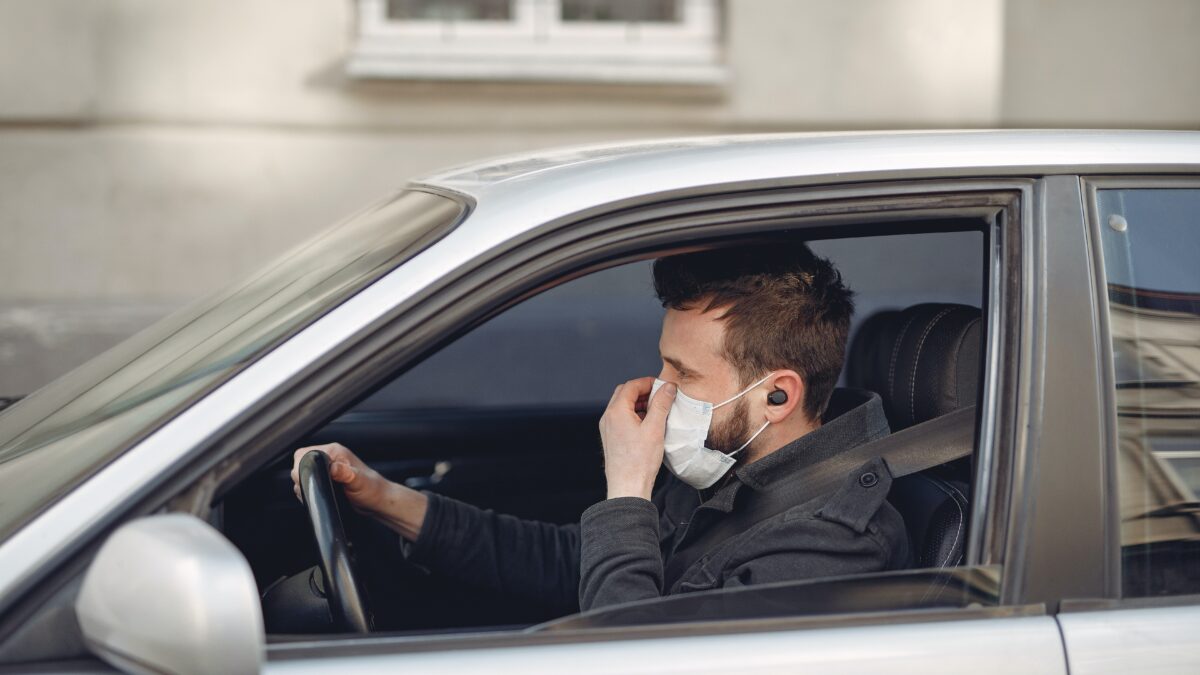The increasing number of traffic accidents, particularly those involving drugs and alcohol, is a serious concern. Countless lives are lost annually, and countless others are changed irrevocably due to these incidents. A behaviour change program targeted at drivers who use drugs or drink can make an immense difference. Not only do these programs instil safer driving habits, but they also work towards reducing the incidents of drug and alcohol-related accidents on the road. The impact extends beyond individual drivers, potentially making roads safer for everyone. Understanding the importance of a safe driving program has never been more critical. This article seeks to delve into various aspects of these vital programs, their necessity, how they affect change, the role of broader society, and the future of such initiatives.
Table of Contents
What Constitutes a Behaviour Change Program?
At its core, a safety program for drivers, particularly those targeted at curbing alcohol and drug-induced behaviour, is a multi-pronged educational initiative. It focuses on various aspects, right from understanding the impact of drugs and alcohol on a person’s ability to drive, to recognising the potential dangers and risks of impaired driving. They also offer tools and techniques for managing risk and developing better driving habits, emphasising the importance of sober driving.
The curriculum of these programs is often comprehensive, with an interactive design that encourages participants to engage and learn actively. They do discuss the legal ramifications and penalties of drunk and drug driving, but the primary emphasis remains on the human aspect—the potential risk to life and limb, both the drivers’ and others’.
How Do These Programs Bring About Change?
The heart of change induced by a safe driving program is through education. Participants learn about the reality of impaired driving, the laws surrounding it, and the potential consequences. This knowledge helps them understand the gravity of their actions, fostering accountability and responsibility.
The programs use a variety of teaching methods, including interactive sessions, group discussions, and real-life examples. These not only help to debunk common myths surrounding drink and drug driving but also provide a stark look at the potential outcomes of such decisions. Participants are encouraged to share their experiences, allowing everyone to learn from each other. The aim is not to induce fear but to promote understanding and respect for the significant risk posed by driving under the influence.
The Role of Society in Promoting Safe Driving
Society plays a crucial role in the promotion of safe driving habits. This includes not only government bodies and law enforcement agencies but also community organisations and everyday individuals. By increasing public awareness, imposing strict laws, and delivering harsh penalties for violations, society can support the lessons taught in driving safety programs.
Public campaigns, community initiatives, and local events can further spread the message and foster a culture of safe, sober driving. This involves creating a supportive environment that values and rewards responsible driving behaviour.
Future Developments in Driving Safety Programs
As technology and society continue to evolve, so too will the realm of driving safety education. With advancements in virtual and augmented reality, future programs might offer even more immersive and interactive training modules. For instance, virtual reality could allow participants to experience the potential consequences of impaired driving in a safe and controlled environment, providing a powerful deterrent against such behaviours.
Additionally, one may see more extensive follow-up and support mechanisms following course completion. These could include ongoing counselling services, mentorship programs, or digital platforms providing continuous education and resources.
Conclusion:
In conclusion, the importance of a safe driving program cannot be overstated. These programs form the bedrock of the efforts to create a safer society. They educate individuals about the dangers of impaired driving, inspire them to make better choices and reinforce the message that every life is precious. By continuing to innovate and expand these programs, one can make the roads safer for everyone. The future is bright, with new advancements promising even more effective and impactful safety programs.
Related posts
When was the first presidential election in the US?
The election process in the world’s most powerful nation, the US, has come a long way. Various amendments have been made to the Constitution that allowed black men, white women and other disadvantaged groups to participate in the elections. Further amendments during the 60s and…
Tips & Trick For Healthy Glowing Skin
Lorem ipsum dolor sit amet, consectetur adipiscing elit. Nam laoreet, nunc et accumsan cursus, neque eros sodales lectus, in fermentum libero dui eu lacus. Nam lobortis facilisis sapien non aliquet. Aenean ligula urna, vehicula placerat sodales vel, tempor et orci. Donec molestie metus a sagittis…
My Fight With Depression. Concussions
Lorem ipsum dolor sit amet, consectetur adipiscing elit. Nam laoreet, nunc et accumsan cursus, neque eros sodales lectus, in fermentum libero dui eu lacus. Nam lobortis facilisis sapien non aliquet. Aenean ligula urna, vehicula placerat sodales vel, tempor et orci. Donec molestie metus a sagittis…
Top 10 most visited tourist places in the world
Lorem ipsum dolor sit amet, consectetur adipiscing elit. Nam laoreet, nunc et accumsan cursus, neque eros sodales lectus, in fermentum libero dui eu lacus. Nam lobortis facilisis sapien non aliquet. Aenean ligula urna, vehicula placerat sodales vel, tempor et orci. Donec molestie metus a sagittis…
How Digital Health Technology Is Beneficial?
Digital health revolves around the usage of diverse technological platforms including mobile health, teen health, configurable remote patient monitoring, etc to improve the connection between the patients and the doctors. Across the healthcare system, the horizon and scope of digital health have helped create opportunities…
How Latest Farmtrac Tractors are Improving Farming in India?
India mostly relies on farming, and a large part of the population depends on it for their livelihoods. Recently, there’s been a big shift towards using modern farming techniques and machinery to make farming more productive and efficient. A good example of this is the…
Dispelling Myths: Demystifying Rx Waste and Expiration Dates – WasteX Pharmaceutical Waste Disposal Separates Fact from Fiction
The specter of “expired” medication looms large, conjuring images of potent chemicals wreaking havoc on water sources and ecosystems. But before you panic toss that bottle of pills, let’s delve into the truth about pharmaceutical waste and expiration dates, separating fact from fiction. At WasteX…
Sustainable Living in Memphis: Green Initiatives and Eco-Friendly Hotspots
Memphis, a city known for its rich cultural heritage and vibrant atmosphere, is increasingly becoming a hub for sustainable living. As environmental awareness continues to grow, residents and businesses in Memphis are embracing green initiatives and fostering eco-friendly practices. Let’s explore the city’s commitment to…
Today's pick
Hot topics
Stay connected
Meet the Author

Gillion is a multi-concept WordPress theme that lets you create blog, magazine, news, review websites. With clean and functional design and lots of useful features theme will deliver amazing user experience to your clients and readers.
Learn moreCategories
- Animals (7)
- Apps & Softwares (8)
- Automotive (8)
- Beauty (8)
- Business (141)
- Cars (12)
- Cartoon (3)
- Cook (4)
- Cooking (1)
- Design (8)
- Economy (6)
- EDUCATION (25)
- Entertainment (16)
- Fashion (23)
- Fitness (2)
- Food (16)
- Gaming (51)
- Guide (20)
- Health (119)
- Home (52)
- Home improvement (12)
- Interior (3)
- Law (16)
- Life (1)
- LifeStyle (99)
- Marketing (5)
- Motivation (9)
- Movie (6)
- Movies (1)
- Music (3)
- News (8)
- Painting Art (1)
- People (15)
- Photography (7)
- Review (113)
- Services (7)
- Social Media (6)
- Sport (9)
- Sports (12)
- Style (10)
- Swimming (1)
- Tech (125)
- Travel (26)
- Uncategorized (17)
- Vape (5)
- Western (3)
- World (2)










